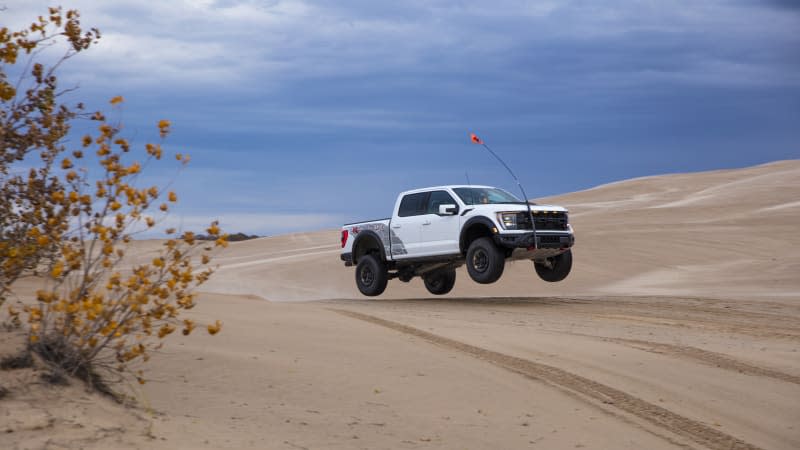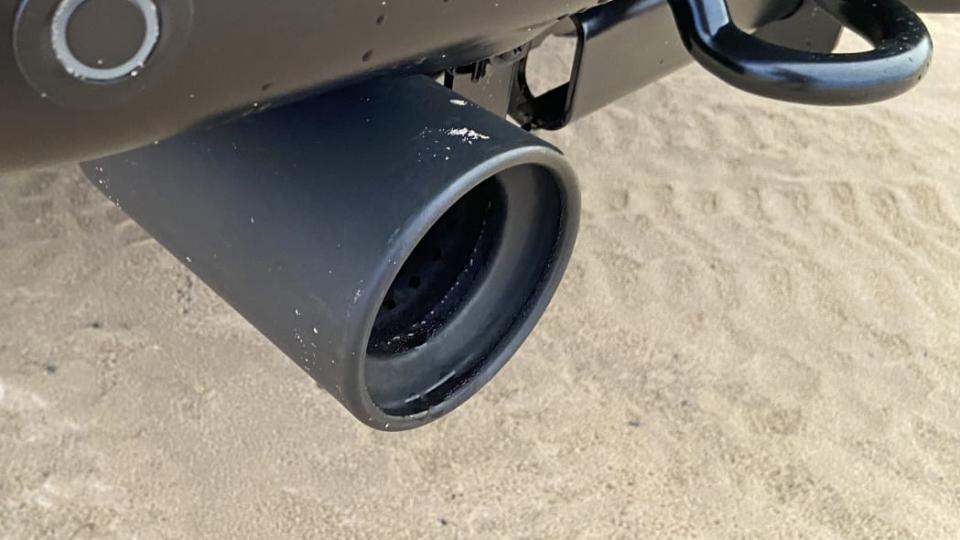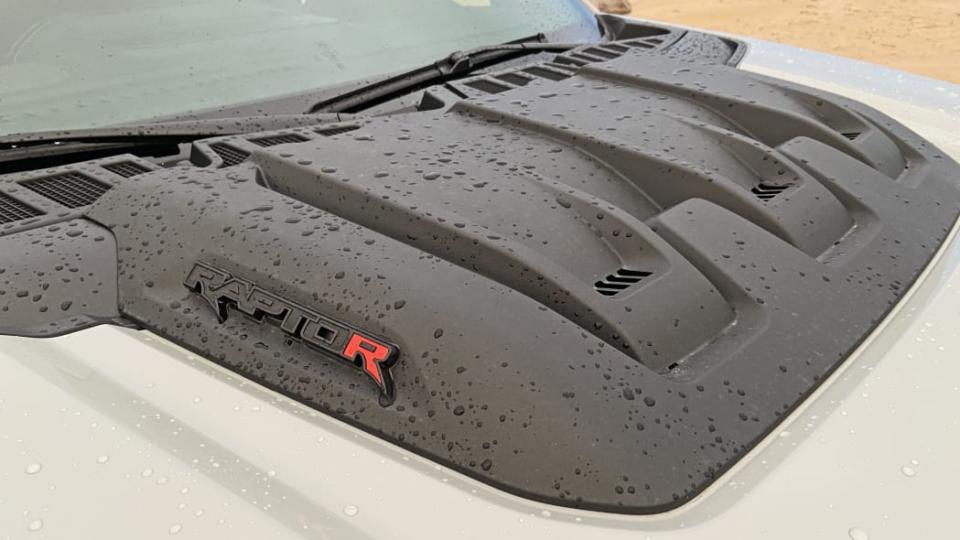2023 Ford F-150 Raptor R First Drive Review: The 'Big Raptor' gets the big V8

Up until very recently, there was only one Ford Raptor — no Ranger, no Bronco, just the F-150, or as its engineering team likes to call it, “Big Raptor.” The OG. The king. In Big Raptor’s little corner of the Ford Performance world, bringing the V8 back was always a matter of when, not if. But the realities of the market held sway and other projects took priority — including an overhaul of the truck’s suspension. Then TRX happened.
For quite a while, Raptor effectively had no competitors. We need look no further than the Stellantis lineup to see what being alone in the market does to innovation: the Bronco has clearly awoken Jeep from a similar torpor. As the old saying goes, competition betters the breed. In plain terms, we now have an alternative to the 702-horsepower supercharged Ram in the form of a 700-horsepower, also-supercharged F-150. What a world.
Unlike TRX, though, the 2023 Ford Raptor R had the benefit of an existing framework. Oftentimes it’s dismissive to describe a performance variant as merely the base vehicle with a bigger engine, but in this case it’s the literal truth. Apart from some visual details and swapping a few suspension components to account for the weight of the V8, the Raptor R really is just a more powerful Raptor with the 37-inch tire option made standard. Specifically, adding the GT500’s 5.2-liter supercharged V8 pumps things up to 700 hp and 640 pound-feet of torque from 450 hp and 510 lb-ft with the 3.5-liter turbo V6.
The stiffer springs keep the ground clearance identical to a V6 Raptor with 37s (13.1 inches), and the same goes for all the other vital off-road specs. Approach, breakover and departure angles remain at 33.1, 24.9 and 24.4 degrees, respectively, and the R offers the same amount of suspension travel (13 inches up front and 14.1 in the rear).
The Raptor’s engineers tinkered with the drive modes a bit for R, changing the default Sport Mode powertrain setup to be the automatic 4WD setting (it’s 2WD in the standard Raptor) in order to put all that power to good use. The standard 37s on the Raptor R don’t do the truck any favors off the line, and in fact may keep a drag race between the R and the TRX perilously close, but the V8 can still rip that off-road rubber to shreds if that’s what you’re going for. We were only given the opportunity to practice acceleration runs on sand — useless for data gathering, but immensely fun.
The differentiation is minimal in practice, too. Setting aside the Raptor R’s dramatic acceleration, the drive is virtually identical. That’s a good thing, and due at least in part to the fact that minimal alterations translate to minimal weight gain. The R weighs roughly 5,950 pounds — about 100 pounds more than a V6 Raptor with the 37s (or 200 pounds more than without). Yeah, that’s a hefty curb weight, but remember that the iron-block Hellcat V8 in the TRX helps push that all-steel truck north of 6,350 pounds. The Raptor’s comparatively lightweight aluminum body gives it a pretty serious edge.


The Raptor never truly feels small, but Ford’s efforts to control the R’s diet bore fruit. Plodding around town, the R doesn’t really feel that different from a Coyote-equipped F-150 unless you start exploring the lower 2/3 of the throttle’s travel, which results in wonderful noises and rapid fuel consumption. The official EPA estimate stands at 15 mpg combined, which may smoke the TRX’s 12 mpg combined, but a couple hours spent shuttling to and from Michigan’s Silver Lake Sand Dunes resulted in averages between 10 and 12 mpg for our caravan of a dozen trucks. Maybe the TRX would’ve performed better versus its estimates in the same driving, maybe it would’ve been in the single digits, but either way, our experience with the Raptor R in the sand was even more petroleum-dependent.

 Yahoo Autos
Yahoo Autos 
